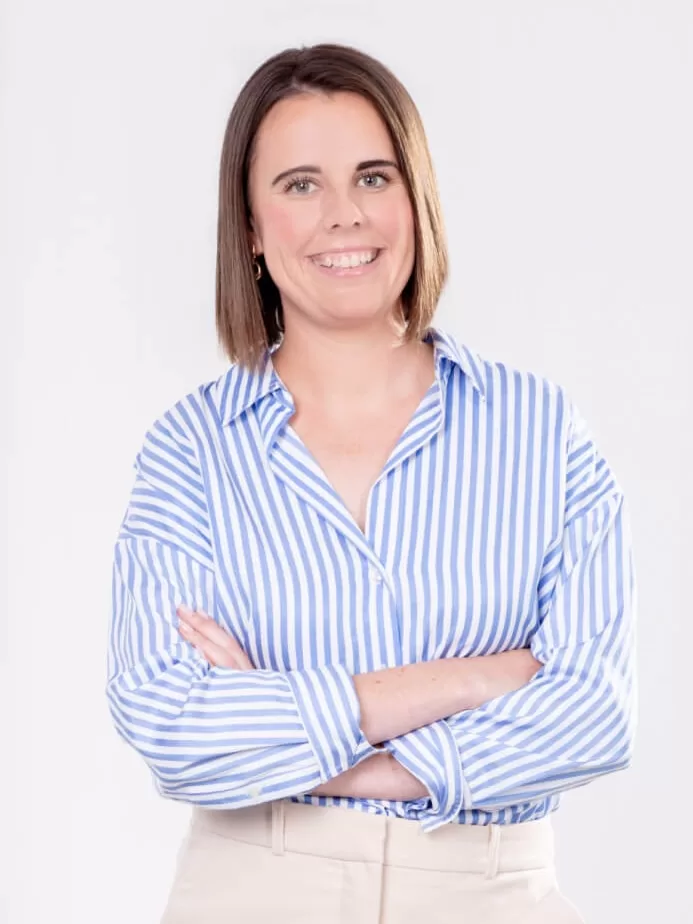Buying your first home can be a daunting task. Even after you’ve scraped together a deposit and moved into your new home, you can be confronted by bills and unexpected expenses.
John Ng, a finance broker based in Naarm/Melbourne’s inner west, says these hidden costs of home ownership can add up — and while most first home buyers are thinking about the potential risks of buying, they can still be unprepared.
“A lot of [first home buyers] will be living with their folks or have been renting for many years,” he says.
“Their idea when they purchase their new home is that the only out-of-pocket expense is the home loan payment.”
In fact, paying a mortgage is just one part of the cost of home ownership. Here are some of the other expenses to factor in if you’re looking to buy your own home.
The extra cost when you buy an apartment or townhouse
If you’re buying a unit or a townhouse, it’s likely you’ll have to pay fees to an owners’ corporation, also known as a body corporate, to cover the maintenance of communal areas such as stairwells, shared gardens, and driveways.
Emily Wallace, a buyer’s advocate based in Naarm/Melbourne, says these fees have been increasing in recent years due to rising insurance premiums.
Body corporate fees for simple units in an older-style brick blocks in Melbourne typically range from $2,500–$4,000 per year, she says.
Fees can be much higher in apartment blocks with gyms, pools, lifts, car stackers and other expensive features. Ms Wallace says owners in these buildings may pay $5,000–$8,500 in fees annually — with even higher rates for luxury buildings.
“Amenities and additional ongoing maintenance items, such as servicing a lift or car stackers, you might have to get someone out annually [for maintenance],” she says.
“Obviously, there’s call-out fees if they break. It’s something that can add up.”
When buying an apartment or townhouse, Ms Wallace says it’s important to understand the body corporate fees and check for special levies or charges. Most buyers engage a conveyancer to help them review important documents and contracts.
Why you’ll spend more on insurance after buying a home
Another cost that can take new home owners by surprise is insurance.
“A lot of first home buyers only pay for contents insurance. Once they own a home, there’s an additional cost: they’re now paying for home and contents,” Mr Ng says.
Home insurance premiums can vary widely, depending on where you live, the type of building and the risk of natural disasters like bushfires and flooding.
Research by the Actuaries Institute found that the median home insurance premium in Australia was $1,894 for the year to March 31, 2023.
Some people pay far more than that, especially if the insurer considers their property at increased risk of natural disaster.
By comparison, renters typically pay premiums of $300–$500 each year for $50,000 cover for contents insurance.
If you are buying an apartment or townhouse, insurance will usually form part of your owners corporation fee.
What to know about water charges and council rates
If you’re renting, it’s likely you pay for your water usage. But on top of that, property owners typically pay a fixed fee to cover the costs of maintaining and repairing the water and sewerage systems.
Mr Ng says a typical home owner in Victoria could expect to pay around $600 per year for water supply.
Depending on where you live, the fees could be different, so it’s best to check with your local water utility.
On top of that, there are council rates. What you will pay will vary depending on the council and the value of your home.
In South Australia, households pay about $31 per week on average in rates, which works out to about $1,612 per year. Mr Ng says a typical home owner in Melbourne can expect to pay about $400 per quarter, roughly the same amount.
Why it’s important to have a buffer for unexpected maintenance costs
While insurance is useful for dealing with accidents and natural disasters, there will be other issues that arise with your home that won’t be covered by insurance.
For example, your home might need to be painted or you might need to repair a fence.
Most home owners can live with these problems and pay for them over time. But you might need money quickly to fix an urgent problem, which is why it’s important to have a buffer.
“[The buffer is] for things that are an emergency. The hot water system blows up — what does that cost, probably a few thousand. It’s good to have that money on hand,” Ms Wallace says.
“[Some things] you can fix over time, and you can budget and save up for it.”
As a general rule, Ms Wallace says to aim for a buffer of about $10,000 to be comfortable. You might need more if you live in a large home.
“[The question to ask is] if something needed to be fixed instantly, do we have that cash on hand.”
Mr Ng agrees that it helps to be prepared. He says most first home buyers already have some plans in place.
“What I’ve found is a lot of first home buyers are actually quite mature and very pragmatic,” he says.
“They’ll do anything just to make sure the dream of home ownership isn’t compromised.”
This is general information only. You should consider obtaining professional advice in relation to your particular circumstances.
ABC Everyday in your inbox
Get our newsletter for the best of ABC Everyday each week
